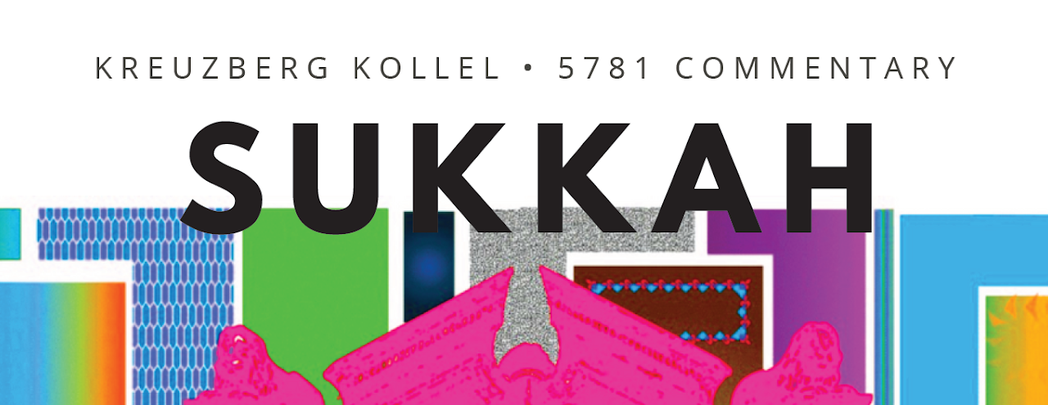
On Awe and Spectacle
Sam Hunter
Why were the priests showing off with acrobatics? Why were they juggling full wine glasses? Why were the priests taking time to develop circus skills? Why would they present themselves as lowly performers? Why the music, the singing, the dance? What is the value of a religious festival at all? Isn't that frivolous?
Spectacle is usually a core component of festivals. There's something to see, something beyond the everyday. It's fun. It feels good. It's festive! What is the value of these experiences in a religious context?
Awe is a necessary component of spiritual experience but not necessarily a component of religious experience. Anybody who has ever felt awe knows it's a complex emotion. It's a simultaneous feeling of smallness, humility, perhaps gratitude. Let's call it an emotional understanding of one's place in the universe.
It feels, well, awesome. It's a feeling worth pursuing. A good acid trip, a long meditation session, a walk through unspoiled nature, visits to grand architecture, these are ways people seek awe. But awe is the kind of feeling that would make it impossible to live a daily life among other life that crawls along the earth. We'd be so struck with curiosity and wonder and humility before everyone and everything we meet. We'd never get anything done.
Next to any display of mugs saying "#1 Dad," you will find plaques and posters for your office saying, "you don't have to be crazy to work here, but it sure helps." We don't need a constant sense of awe to obey the law. We don't need to feel universal love to act in a loving way toward our neighbors. But it helps.
When does awe happen? What do meditations, acid trips, walks through nature, etc. have in common? I would argue all these provide space to witness something beyond the every day. Something out of the ordinary, which sparks curiosity, and then recognition that what is happening exists in the world, along with you, but which you cannot do or make on your own.
So while it's not a foolproof method, one reliable pathway to awe appears to be spectacle. Let's look at an example from the Talmud. Today the spectacle at the Festival of the Place of the Drawing of the Water would appear rather mundane - acrobatic praying, juggling full wine glasses. Woohoo. Jugglers and acrobats.
But add to that the music, singing, and dance and we've got ourselves a real revue! These priests put on one hell of show! Let's imagine we are a people without access to videos teaching us how to juggle, how to do acrobatics, how to make a living as a circus performer. Let us imagine that the only sorts of evening entertainments we might have access to were few and far between, and often not more complex than very engaged storytelling.
Let also imagine that these jugglers were truly excellent jugglers.
I finally went to the Barnum and Bailey Circus in 2016, at the tender age of 28, because a friend of mine was a clown and got me a ticket. And I'm here to tell you it really is the greatest show on earth. I was amazed. I was in awe. It was awesome.
These are people. They are just like you and me. If they can do it, then I can do it. Except I can't do it. My mirror neurons see the physical spectacle and understand how the motion needs to happen, and I know in my bones that I cannot move that way, that it would require so much more than I possess. I am overwhelmed by feeling of wonder at what shares the Earth with me.
And let's say we're in the temple! Grand architecture, the most beautiful thing people could make. And everyone who works there is covered in rich robes with golden, jewel-encrusted breast plates. It's gorgeous! The full powers of the human have obviously been devoted to making a lasting impression.
So we, lowly peasants, come to the temple and witness this spectacle - this beautiful building and the amazing motions of the people in it. We are filled with a sense of awe before the capacity of the human being, an animal created by God. The spectacle gives us a biological mechanism through which we can connect to the enormous feeling of awe before the Universe. It's a mechanism that doesn't require us to read or write, to understand complex mathematics, or purchase expense tickets. It's a path every human being has access to by virtue of their birth. And so we built it into the festival. It may be fun, but it is absolutely not frivolous.




